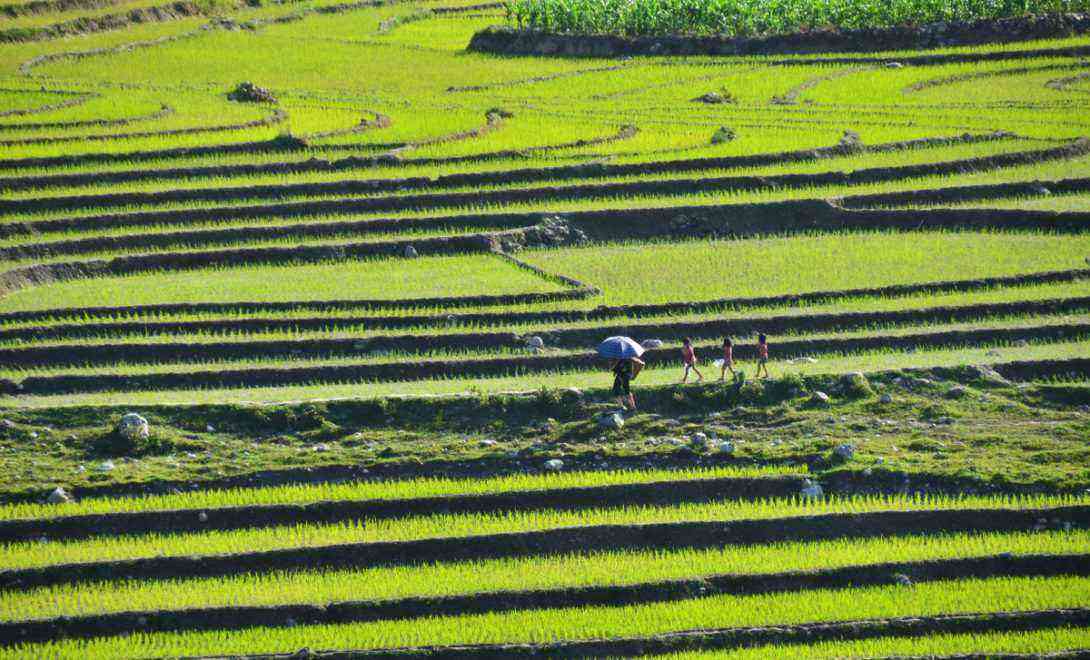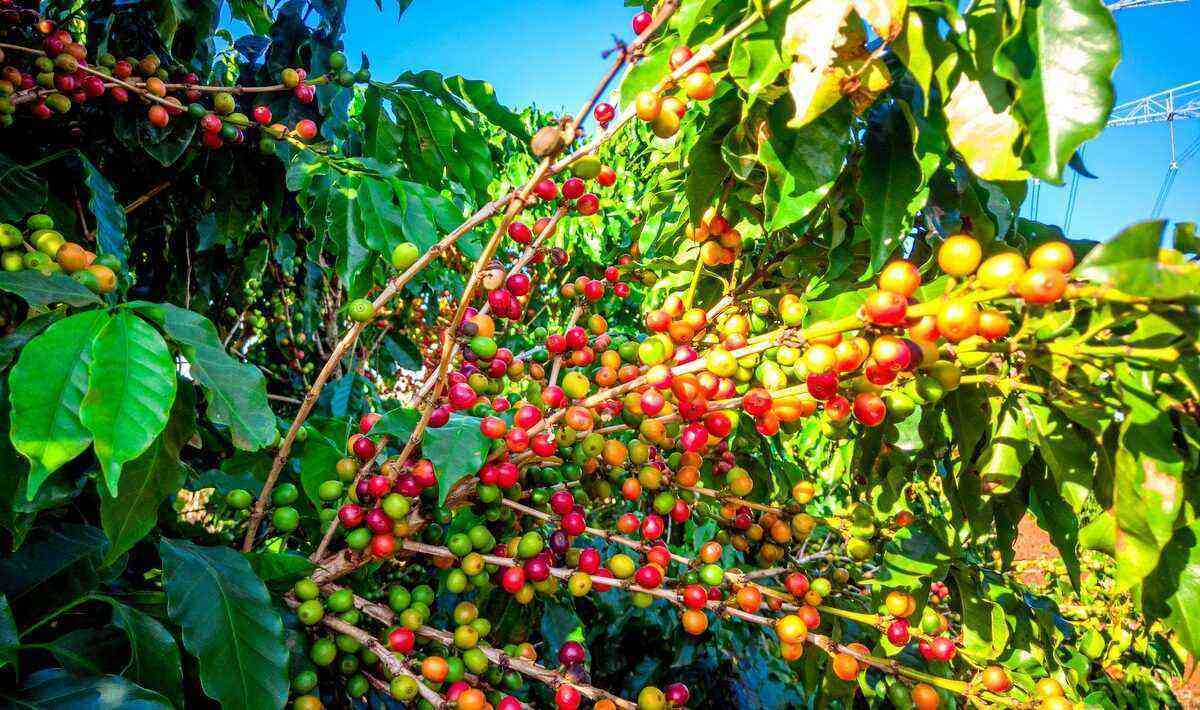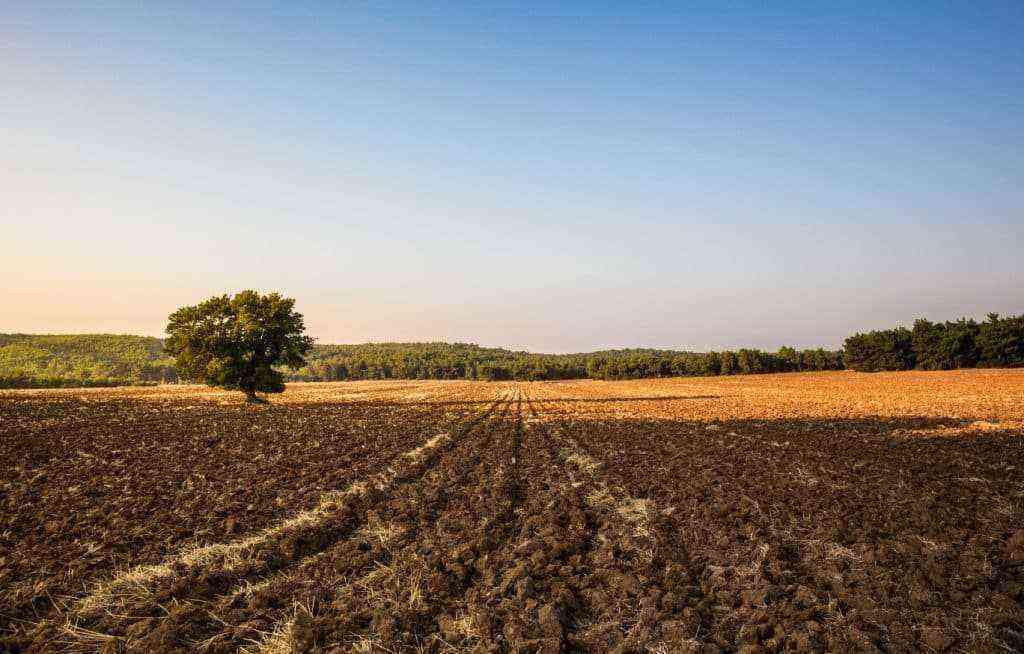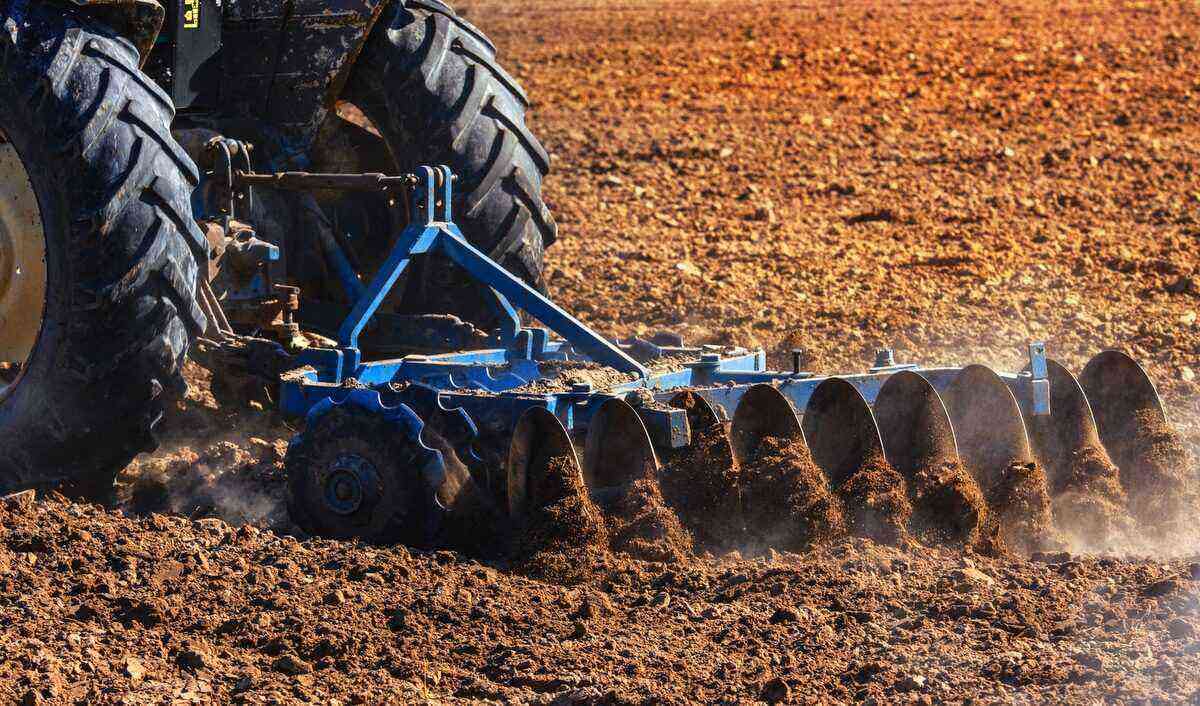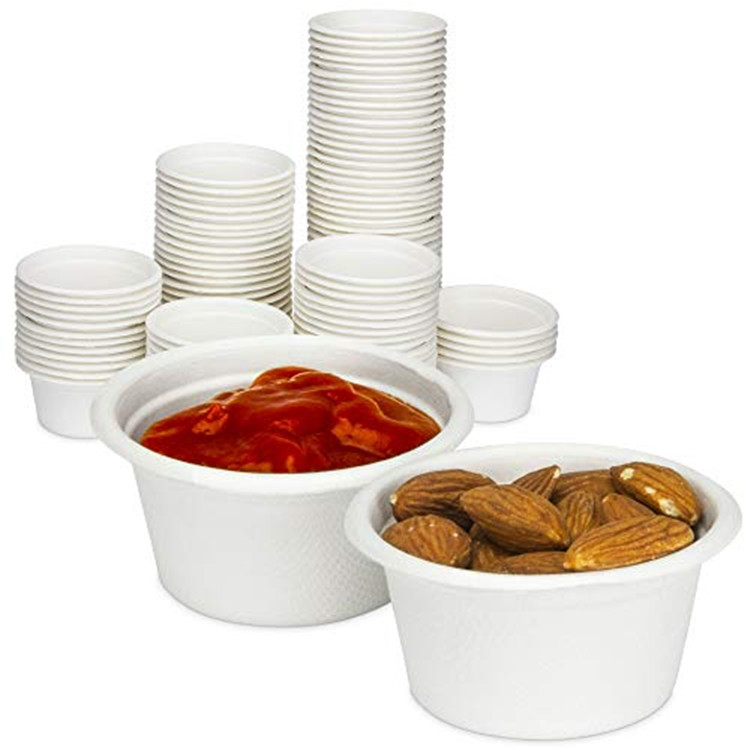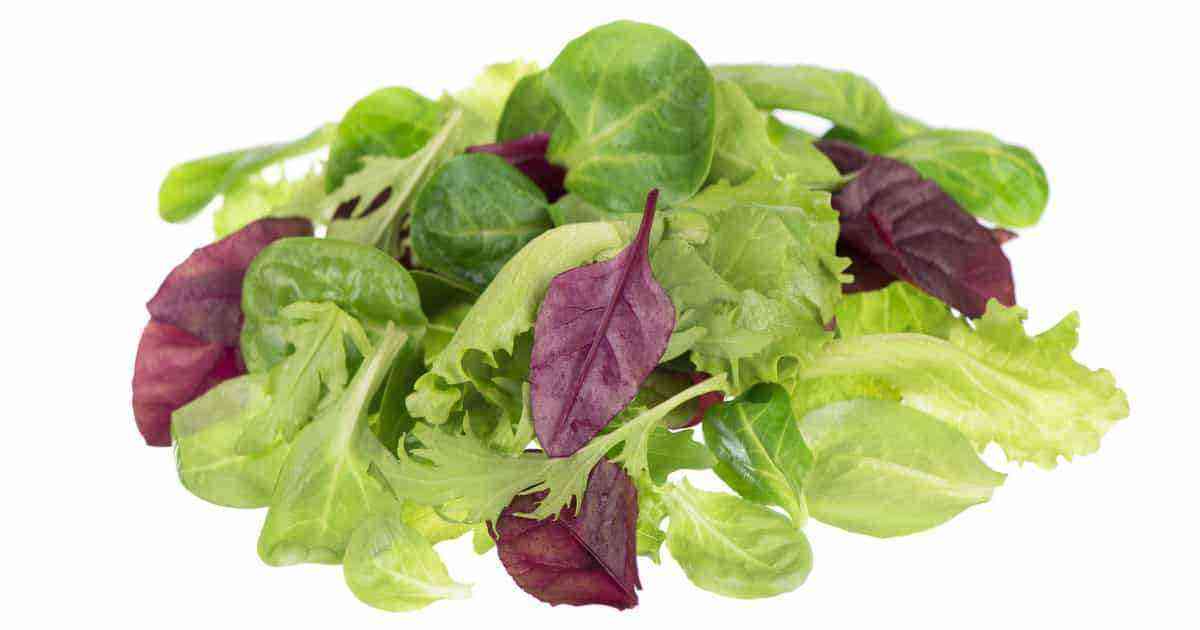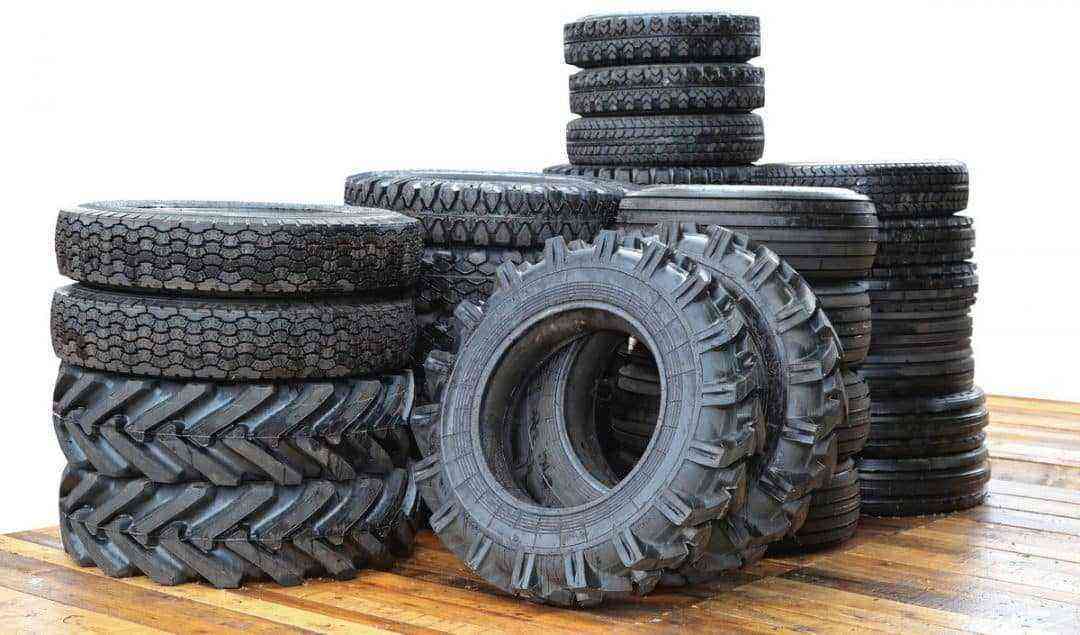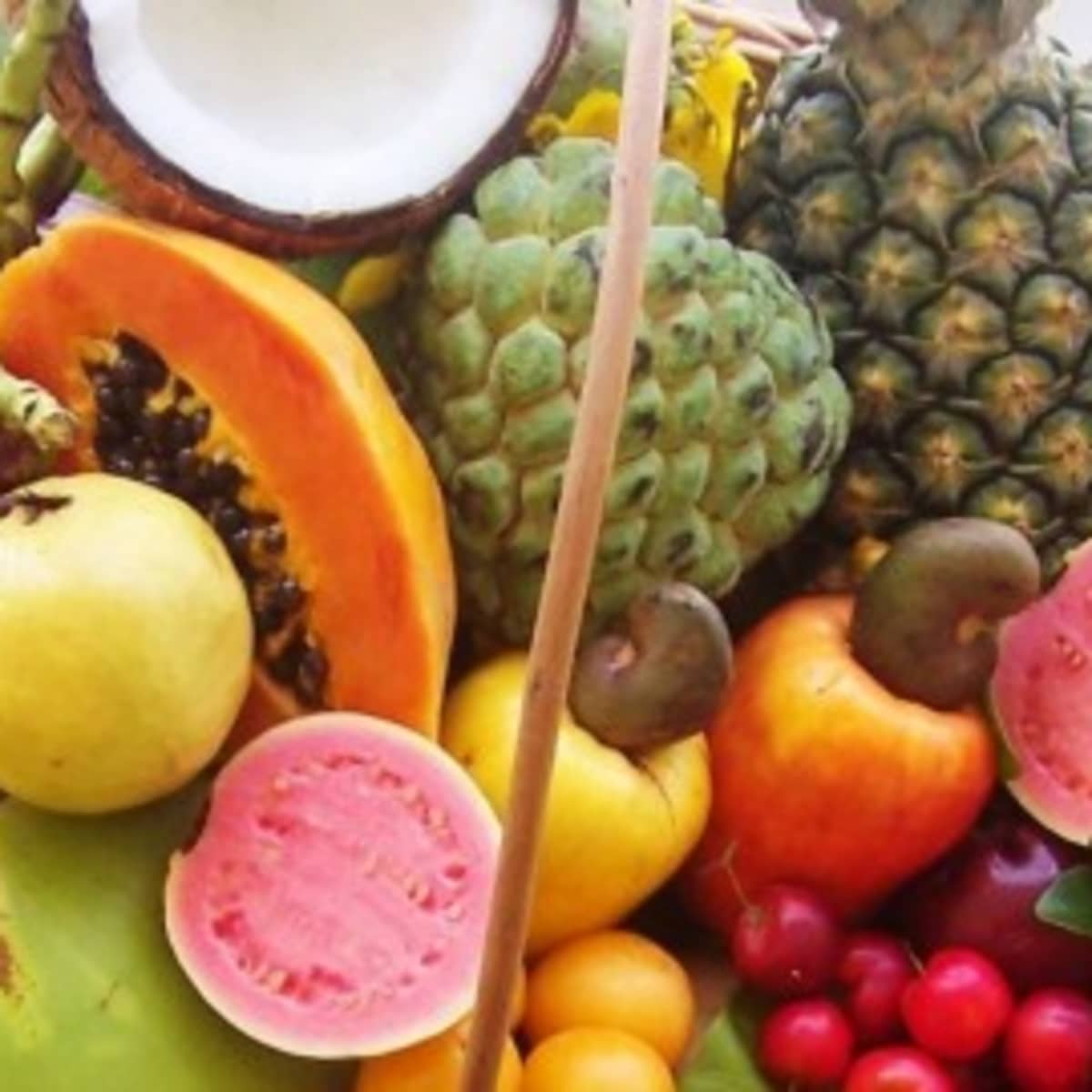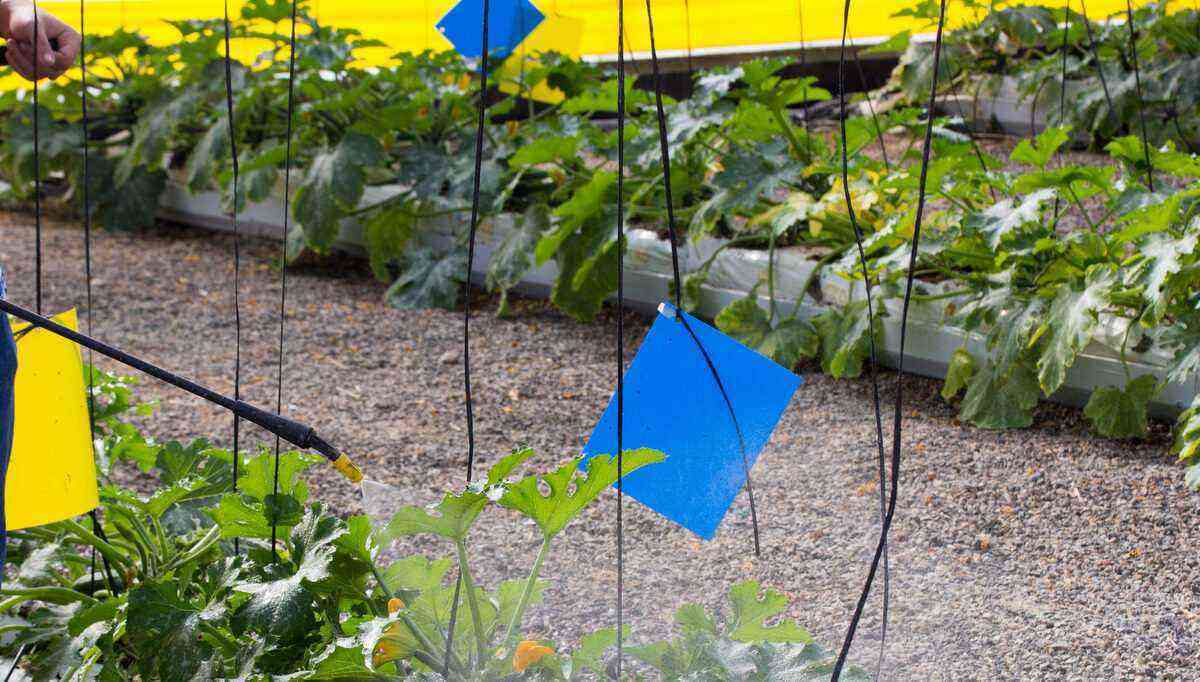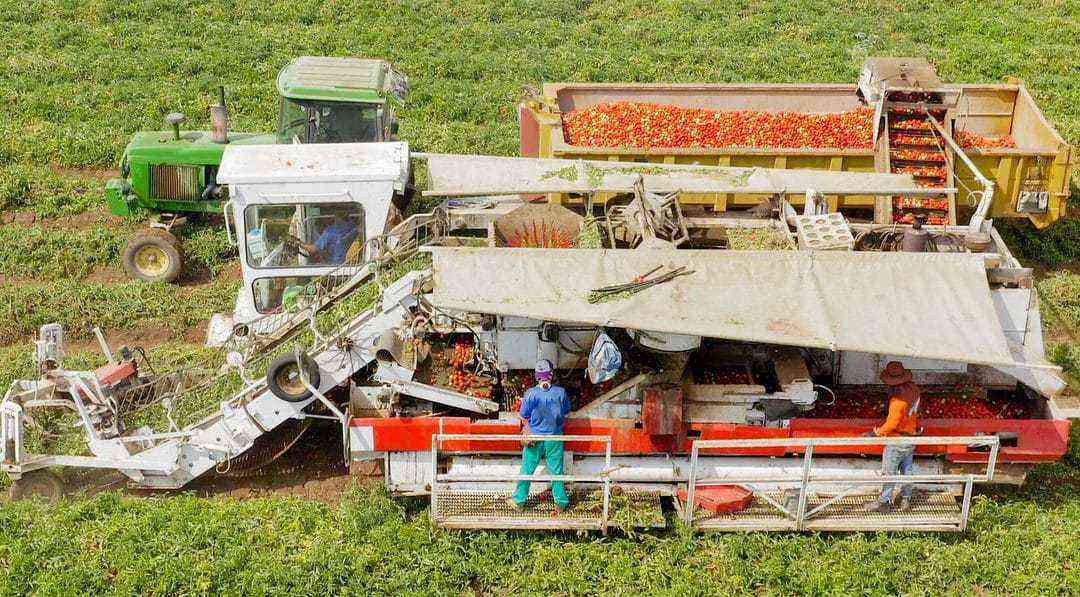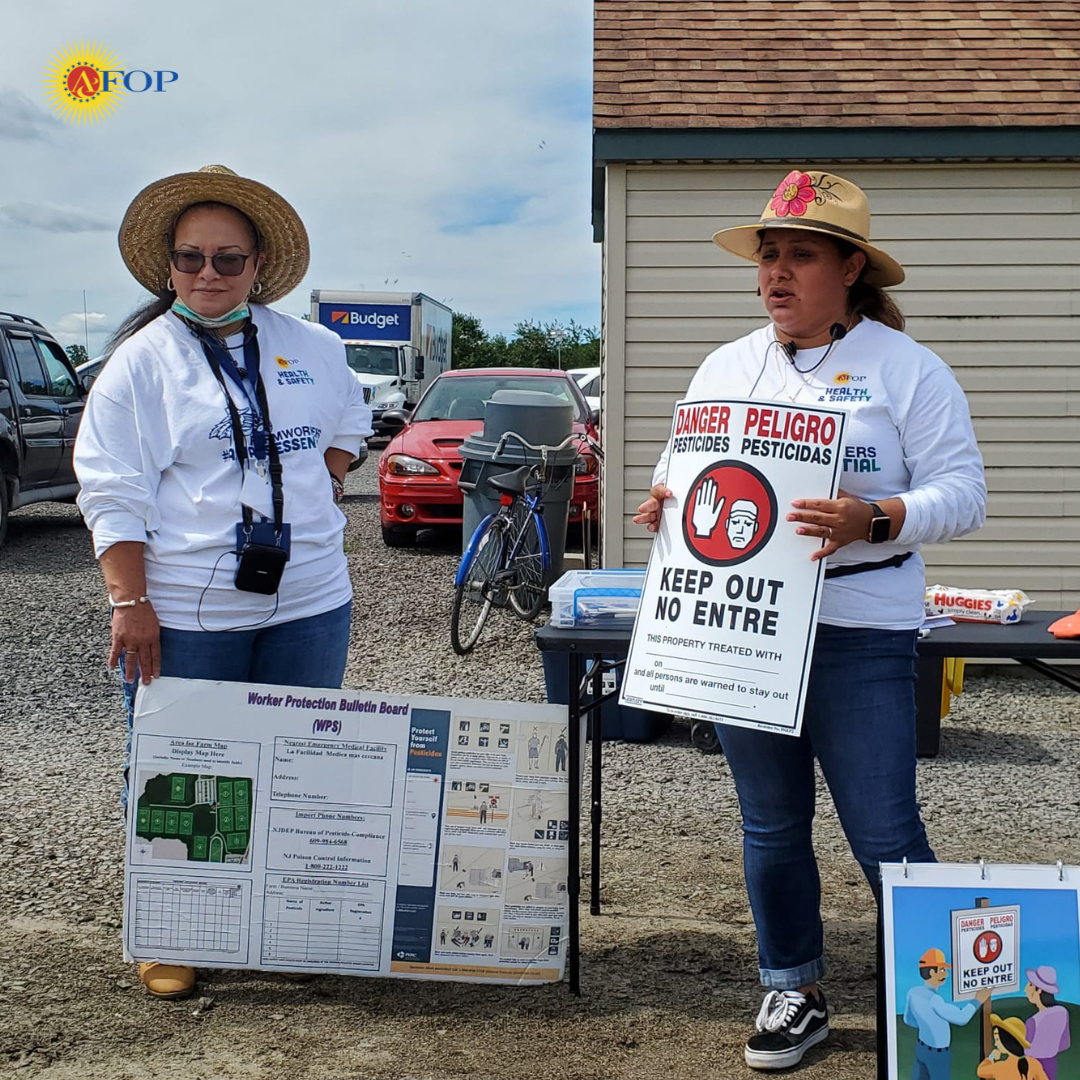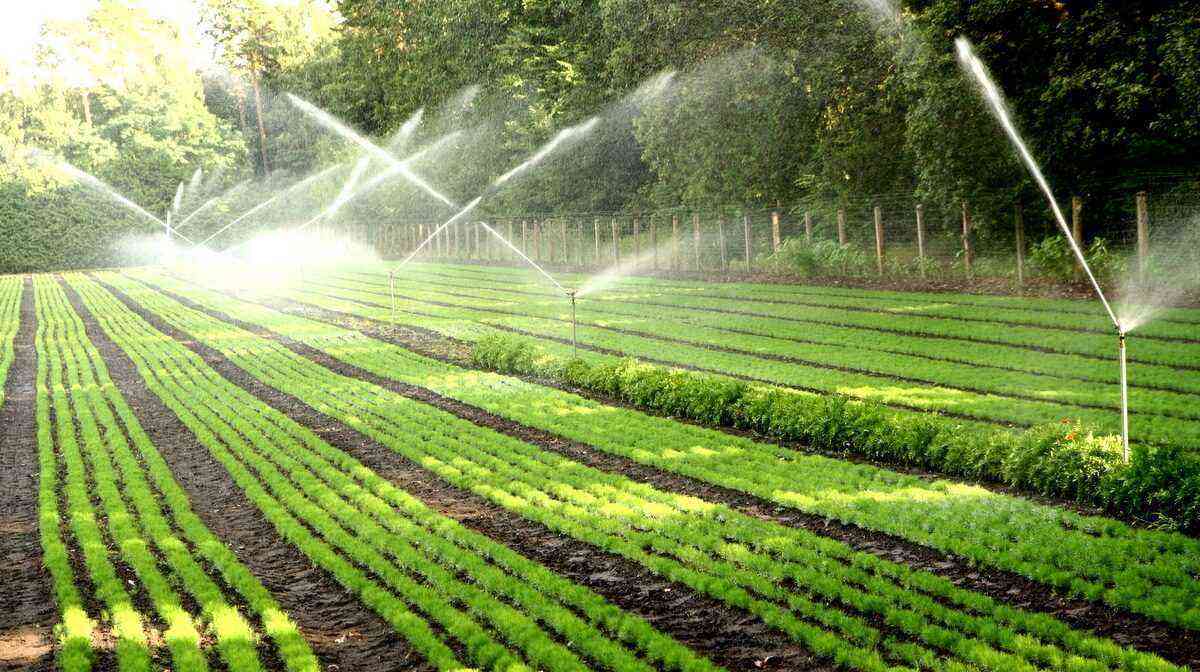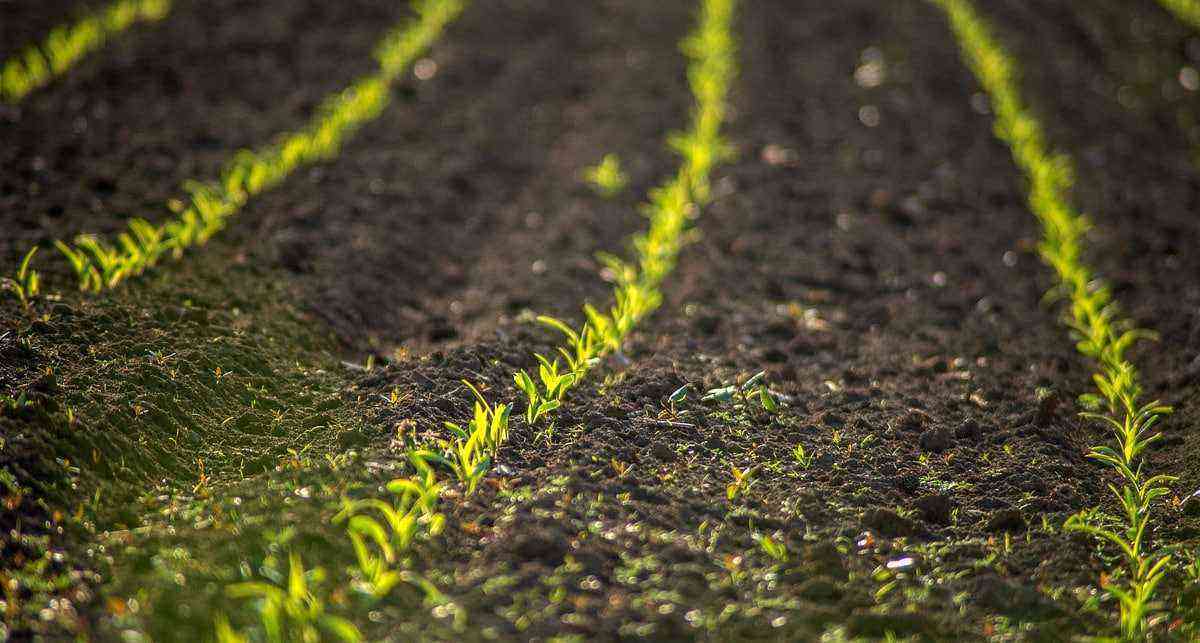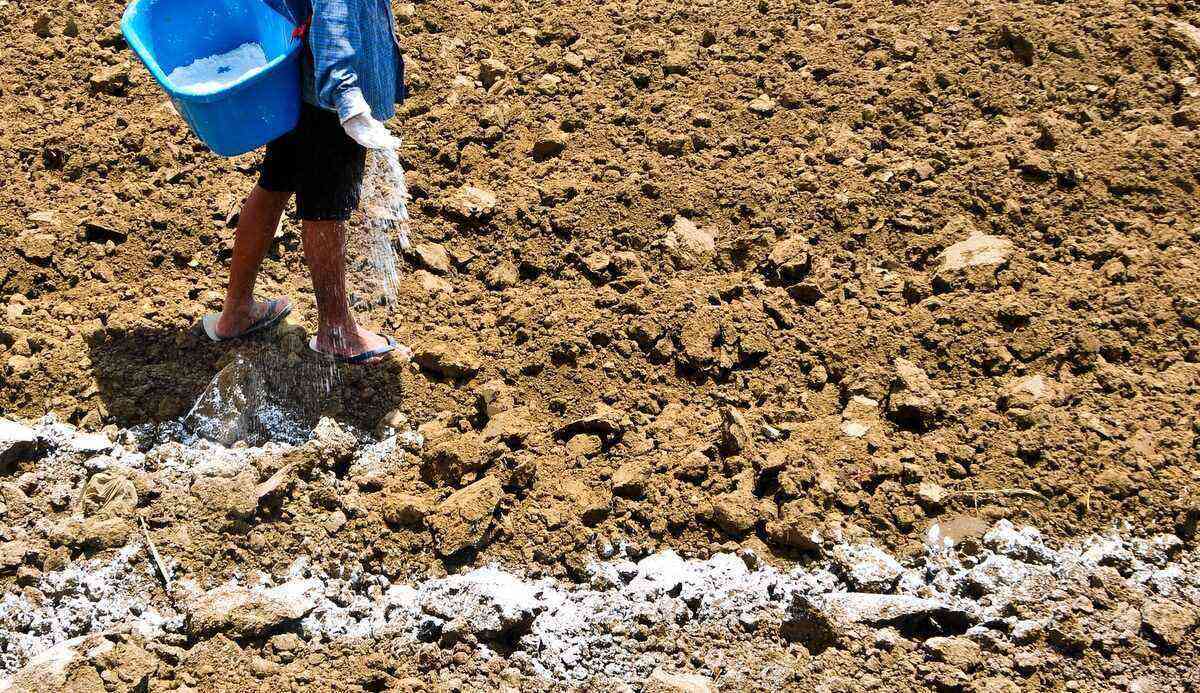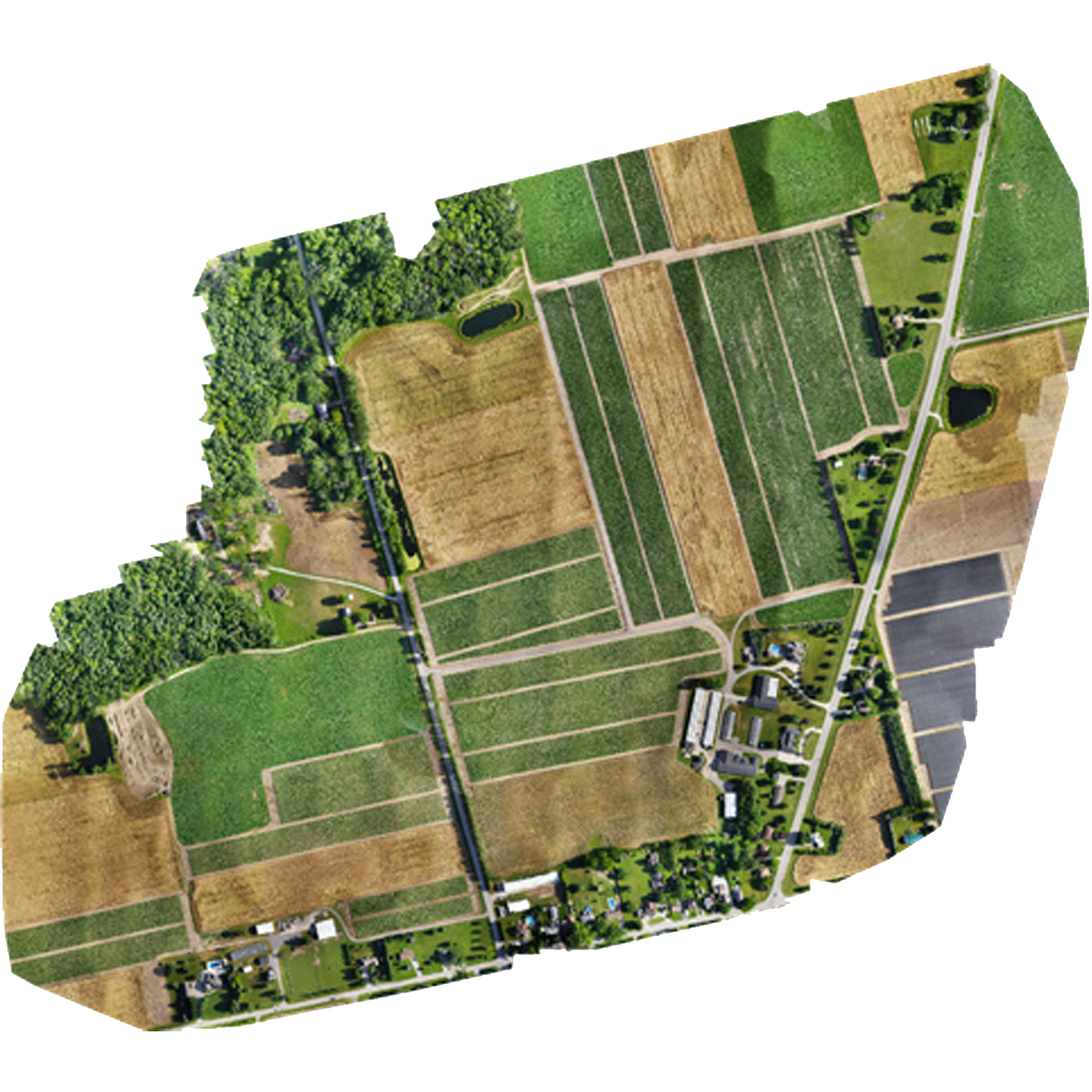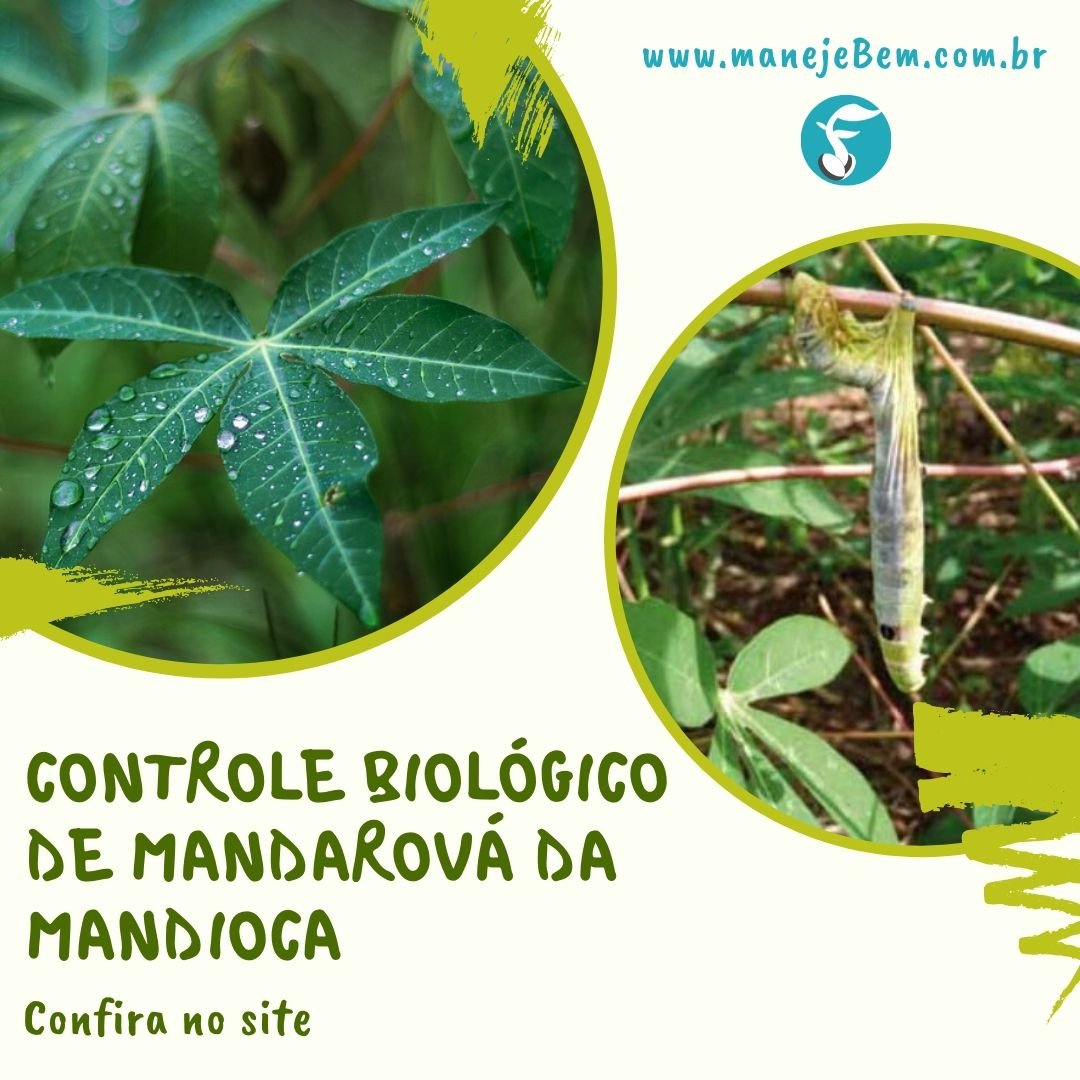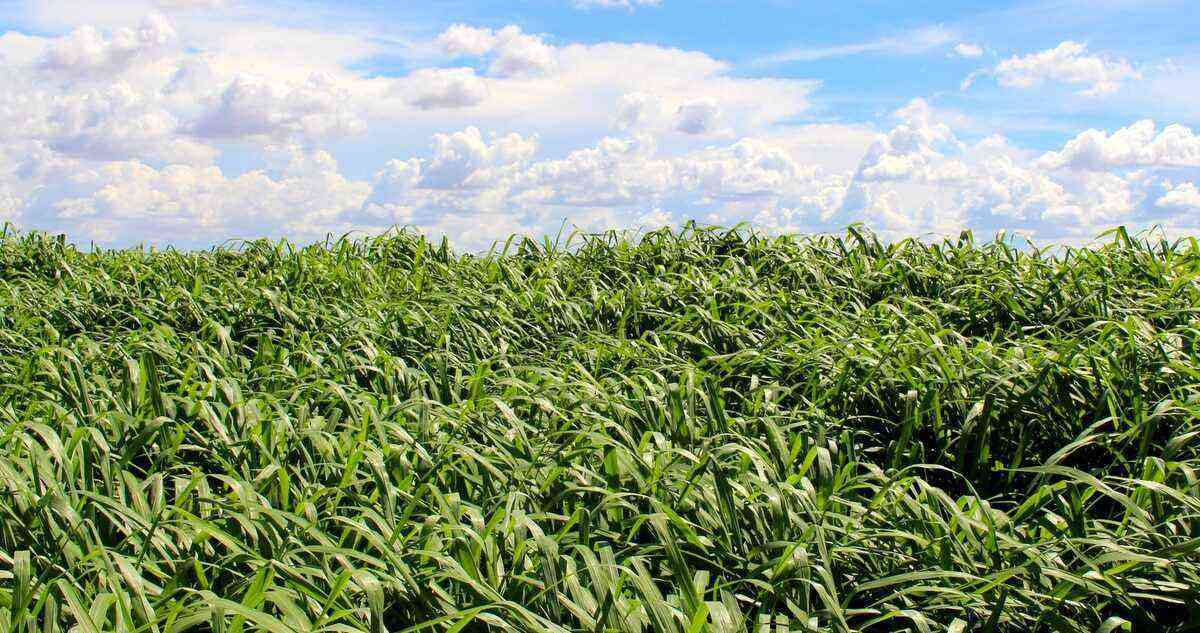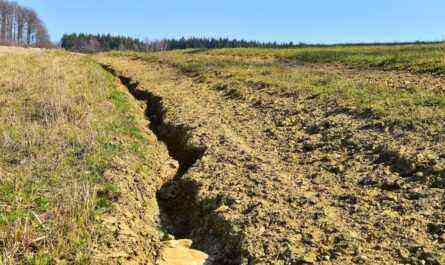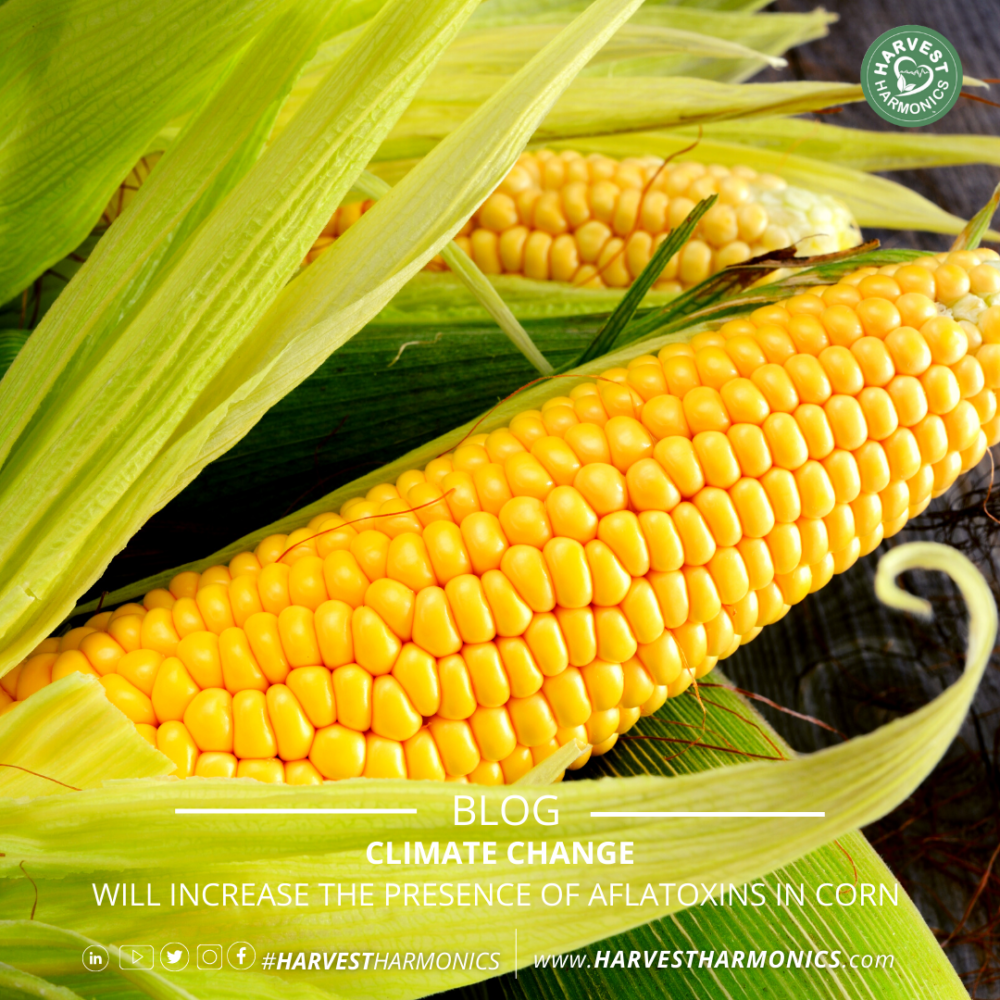By Marcelo Franco
Today, March 26, is Cocoa Day, synonymous with chocolate and called the golden fruit because of its high profitability and versatility.
The fruit from Central America is grown on about 17 million hectares worldwide.
It was gaining economic importance in the world with the expansion of chocolate consumption and with that, several attempts were made aiming at the implementation of cocoa farming in other regions with climate and soil conditions similar to those of origin. Thus, its seeds gradually spread throughout the world.
IN BRAZIL
Brazil took the place of the fifth largest cocoa producer on the planet, alongside Ivory Coast, Ghana, Nigeria and Cameroon.
The fruit adapted well to the climate and soil of southern Bahia, a region that produced 95% of Brazilian cocoa, with Espírito Santo with 3,5% and the Amazon with 1,5%, until 2016. [Edited ]
About 90% of all Brazilian cocoa is exported, generating important foreign exchange for the country.
According to updated information, Pará has consolidated its position as the largest producer of cocoa beans in the country. Alone, the state accounts for almost 50% of the national production, ahead of Bahia, in second place. The data are from the Systematic Survey of Agricultural Production (LSPA) of June/2017, released by the Brazilian Institute of Geography and Statistics (IBGE).
VERSATILITY
The cocoa tree has always been cultivated to use only the seeds of its fruits, which are the raw material of the chocolate industry. But, from the fruit of the cacao tree, it is possible to extract other by-products.
Cocoa pulp juice has a very characteristic flavor, considered exotic and very pleasant on the palate, resembling the juice of other tropical fruits. It is fibrous and rich in sugars (glucose, fructose and sucrose) and also in pectin.
With this same pulp it is also possible to produce jellies, fine and fermented distillates – like wine and vinegar – and syrups for confectionery, in addition to nectars, ice cream, sweets and use for yogurts.
The husk of the cocoa fruit can also be used economically. It is used to feed cattle, both in natura and in the form of dry husk flour or silage, as well as for swine, poultry and even fish.
The cocoa fruit husk can also be used in the production of biogas and biofertilizer, in the composting or vermicomposting process, in obtaining microbial or unicellular protein, in the production of alcohol and in the extraction of pectin. One ton of dry cocoa produces eight tons of fresh husk.


